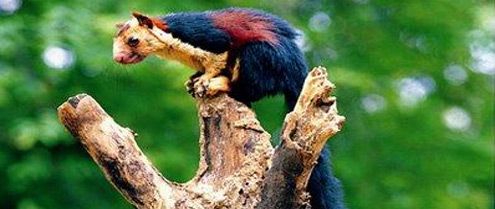OUR TOP TRENDING APPS
Originally established to protect the Nilgiri tahr (Nilgiri Ibex),the Eravikulam National Park is situated in the Devicolam Taluk of the Idukki District. It was declared as a sanctuary in 1975. Considering the ecological, faunal, floral, geo-morphological and zoological significance, it was declared as a National park in 1978. It covers an area of 97 sq kms of rolling grasslands and high level sholas (evergreen forests).
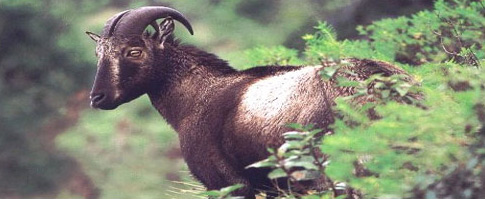
The Silent Valley contains India's last substantial stretch of tropical evergreen rain forests and it is perhaps the only vestige of a near virgin forest in the whole of the Western Ghats. Elephants, tigers, wild dog, flying squirrel and lion-tailed macaque are found here. Vehicular traffic is allowed upto Mukkali from Mannarghat. From Mukkali one has to cover at least 24 km on foot to reach the source of river Kuntipuzha, which flows through the valley.
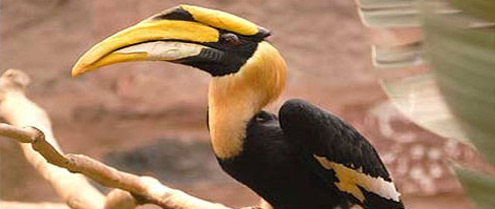
A part of the Wynad Plateau, the Wynad Wildlife Sanctuary of Kerala is famous for its tigers and leopards along with the other wildlife that one can find here. The sanctuary is an extension of the Bandipur National Park in Kerala at its southern border. The region, which is a part of the Nilgiri Biosphere Reserve, was notified in the year 1973 as a Wildlife Sanctuary. The management of the park laid emphasis on creating scientific conservation methods that are complementary to the traditional lifestyle of the tribals residing in the region.
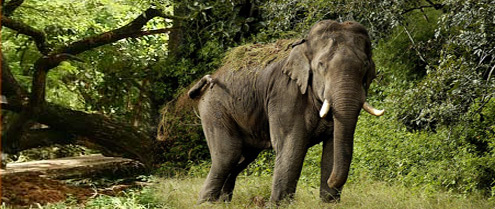
Wayanad Wildlife Sanctuary, 15 kms from Calicut is bisected by a tract of cultivated land into two distinct parts. One falls in the Kozhikode District and the other in the Kannur District. Wayanad literally means the 'land of swamps'. Rich in bio-diversity, the sanctuary is an integral part of the nilgiri biosphere reserve, which has been established with the chief objective of conserving the biological heritage of the region. The sanctuary has excellent moist deciduous teak forests and marshes dominated by bamboo and other grasses. These forests are also said to be amongst the most extensively forested belts in the Indian Peninsula. The Wild Population - Wayanad Wildlife SanctuaryElephants, Tigers, Panthers, Jungle Cats, Civet Cats, Monkeys, Wild Dogs, Bisons, Deer, Bears, Racquet-tailed Drongo, Barbet. Monitor lizards and a variety of snakes are seen.
The sanctuary is also rich in avian life and Peacocks, Babblers, Cuckoos, Owls, Woodpeckers, Jungle Fowls are a few of the various types of birds seen here.
The park in rich in flora and has Teak, Maruthu, Karimaruthi, Rosewood, Venteak, Vengal, Chadachi, Mazhukanjirarn, Bamboo etc. grow in the moist deciduous forest.
Veteria indica, Lager stroemia, Lanceolata, Terminalia paniculata etc. are common in the semi evergreen patches.
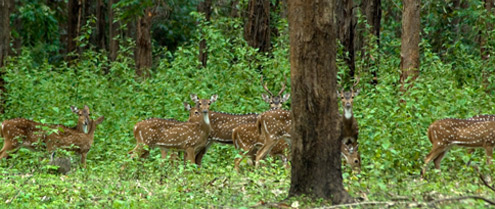
The Neyyar sanctuary is spread over the Southeast corner of the Western Ghats, and covers a total area of 128 sq kms. The Neyyar reservoir is easily navigable and extends 9.06 sq. km. The vegetation varies from tropical wet evergreen to grasslands. The Agasthyarkoodam hill, 1890 metres high, lies in the premises of the sanctuary.
Declared as a sanctuary in 1958, it is the drainage basin for the Neyyar River and its tributaries - Mullayar and Kallar.
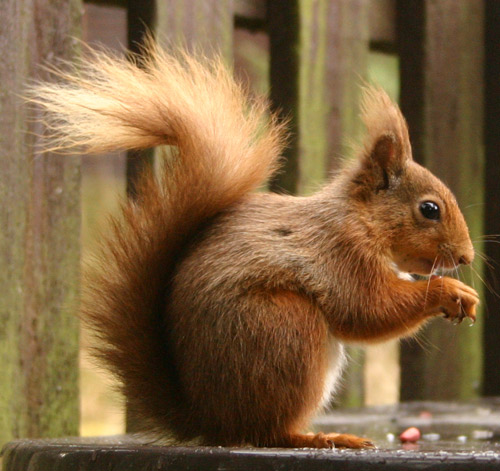
Rajamala Wildlife Sanctuary, located 15 kms from Munnar is the natural habitat of Nilgiri Tahr. Half the world population of the rare mountain goat is concentrated in this region.The animal is fast becoming extinct. The sanctuary is a part of the Eravikulam Wildlife Sanctuary, and visitors are allowed only to the tourism area in the Rajamala region. The Nilgiri Tahrs are now reduced to small herds found in Eravikulam-Rajamala region. The total number of Nilgiri Tahrs in Rajamala is estimated at 1317.
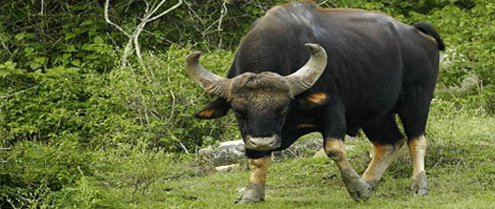
Chinnar Wildlife Sanctuary is a unique thorny scrub forest with xerophyte species. Chinnar is the habitat of the endangered Giant Grizzled Squirrel of India. Located in the rainshadow area of the Western Ghats, unlike other sanctuaries, Chinnar has only 48 rainy days in a year. Dry deciduous forests, high sholas and wet grasslands are also found here. As one travels from Karimuthi to Chinnar Elephants, Spotted Deer, Sambhar, Hanuman monkey and even Peacocks can be seen on either sides of the road. Declared as a wildlife sanctuary in 1984, it is spread over an area of 90,422 sq. kms. The undulated terrain with rocky patches adds to the scenic splendour of the sanctuary.

The sanctuary was designed by Dr.Salim Ali, the renowned omithologist. He is reported to have identified 167 birds and his student, Dr. Sugathan, 207, In addition, the Bombay Natural History Society has identified 253 species here.Main attractions: Birds: Indian rollers, cuckoos, common snipes, crow pheasants, jungle nightjar, kites, grey drongos, Malabar trongons, woodpeckers, large pied wagtails, baya sparrows, grey jngle fowls, Indian hill mynas, robins, jungle babblers, sunbirds and darters.
Rare Birds: Crimson-throated barbets, bee-eaters, shrikes, fairy bluebirds, grey-headed fishing eagles, black winged kites, night herons, grey hornbills and Malabar hornbills.
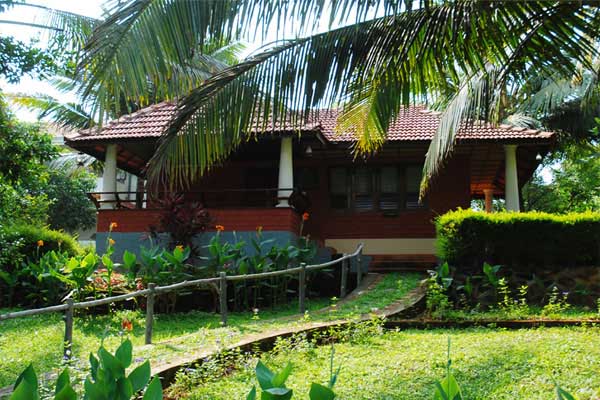
The Peechi-Vazhani Sanctuary comprising of the dense, moist deciduous and semi-evergreen forests is situated in the catchment area of the Peechi and azhani .dams.With more than 50 species of orchids and medicinal plants, the sanctuary is a veritable treasure trove of rare flora and fauna. The place is congenial for boating and trekking.

The forest has been named after a tree called Chenkuruny. The artificial lake formed by the Parappar dam across the Shenduruny and Kulathupuzha rivers is at the centre of the sanctuary.The sanctuary is home to the Bonnet Macaque, Gaur, Sambar, Barking Deer, Wild Boar, Indian Giant Squirrel, Three-Striped Palm Squirrel, Lion-Tailed Macaque, Mouse Deer, Elephant, Tiger, Leopard, Nilgiri Langur and many more animals.
